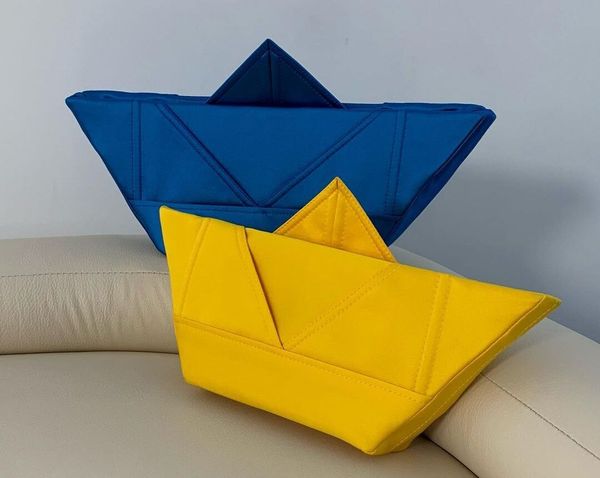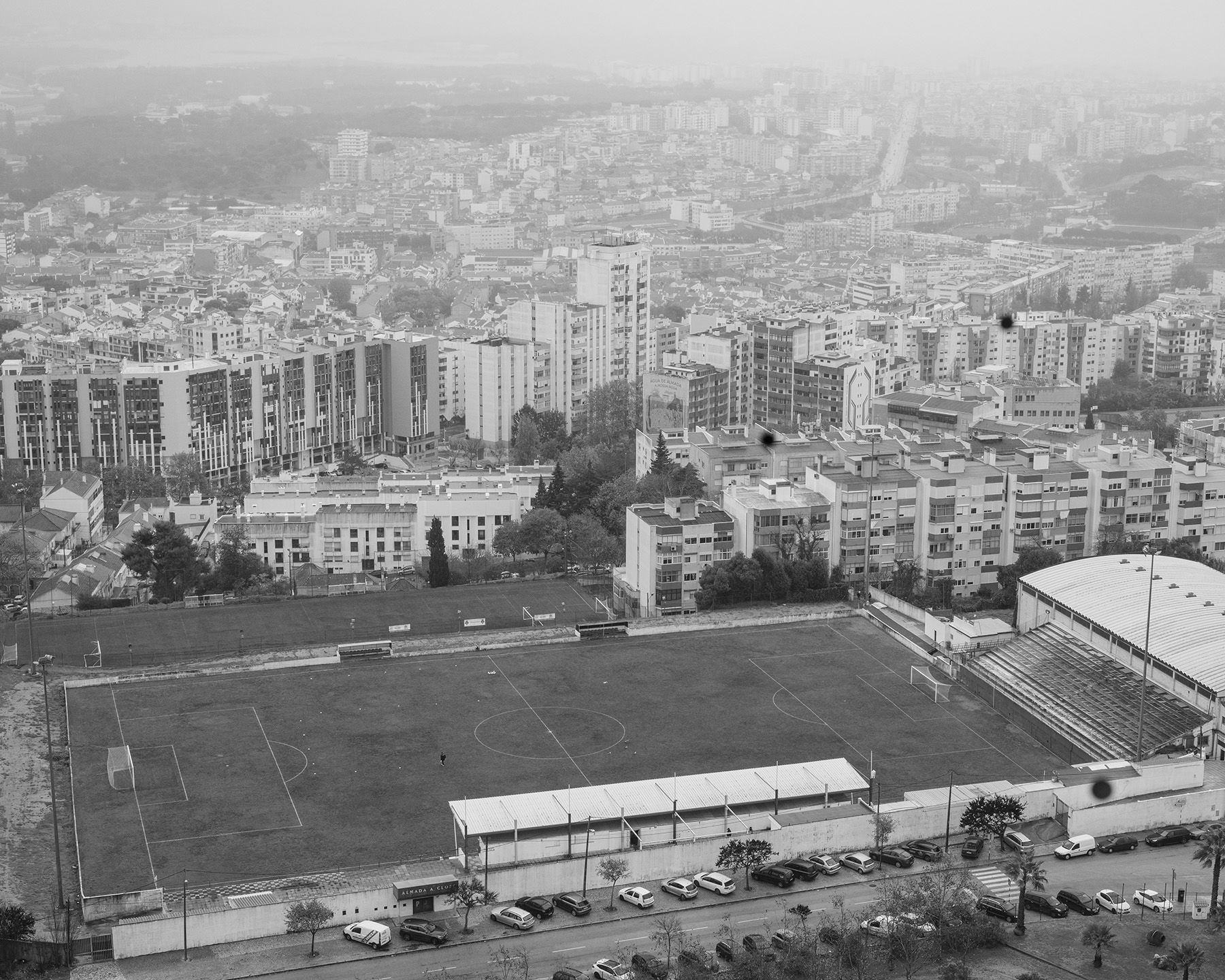This February, Moholy-Nagy University of Art and Design awarded its outstanding talents for the second time. In the four-part series, we guide you through some of our favorite entries from the Stefan Lengyel Excellence Scholarship. Join us for the final part of our series, featuring projects by students from the Media Institute!
The modern city can also be interpreted as a land of opportunity, yet it is just one of many narratives. With modernism, the role of the city has expanded, it become an extensive economic and social powerhouse for continuous growth, going beyond the role of a mere spiritual center. Domonkos Varga immerses the symbol of the city with the tools of photography and presents the post-industrial society of urban infrastructures with his research work and pictures.

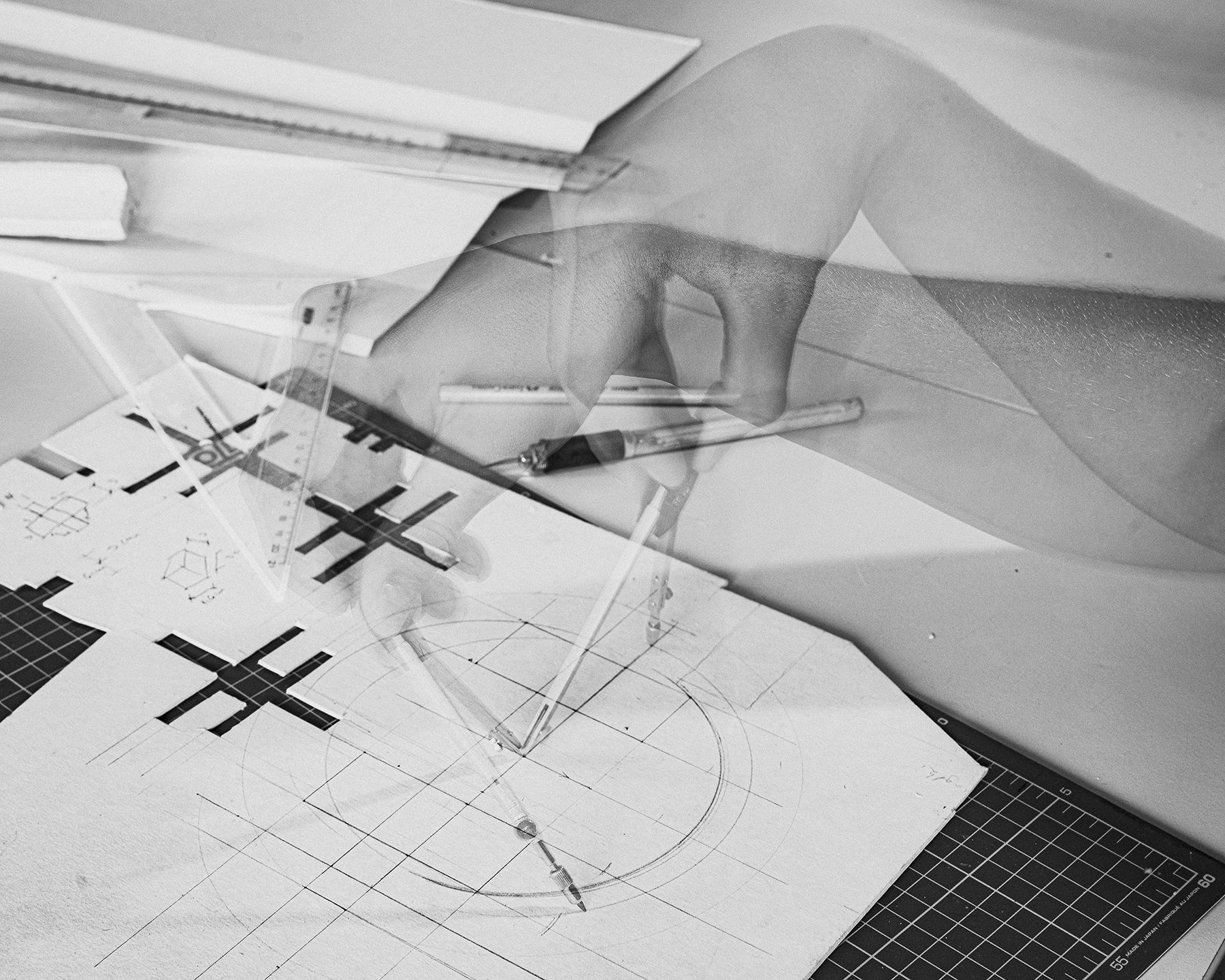
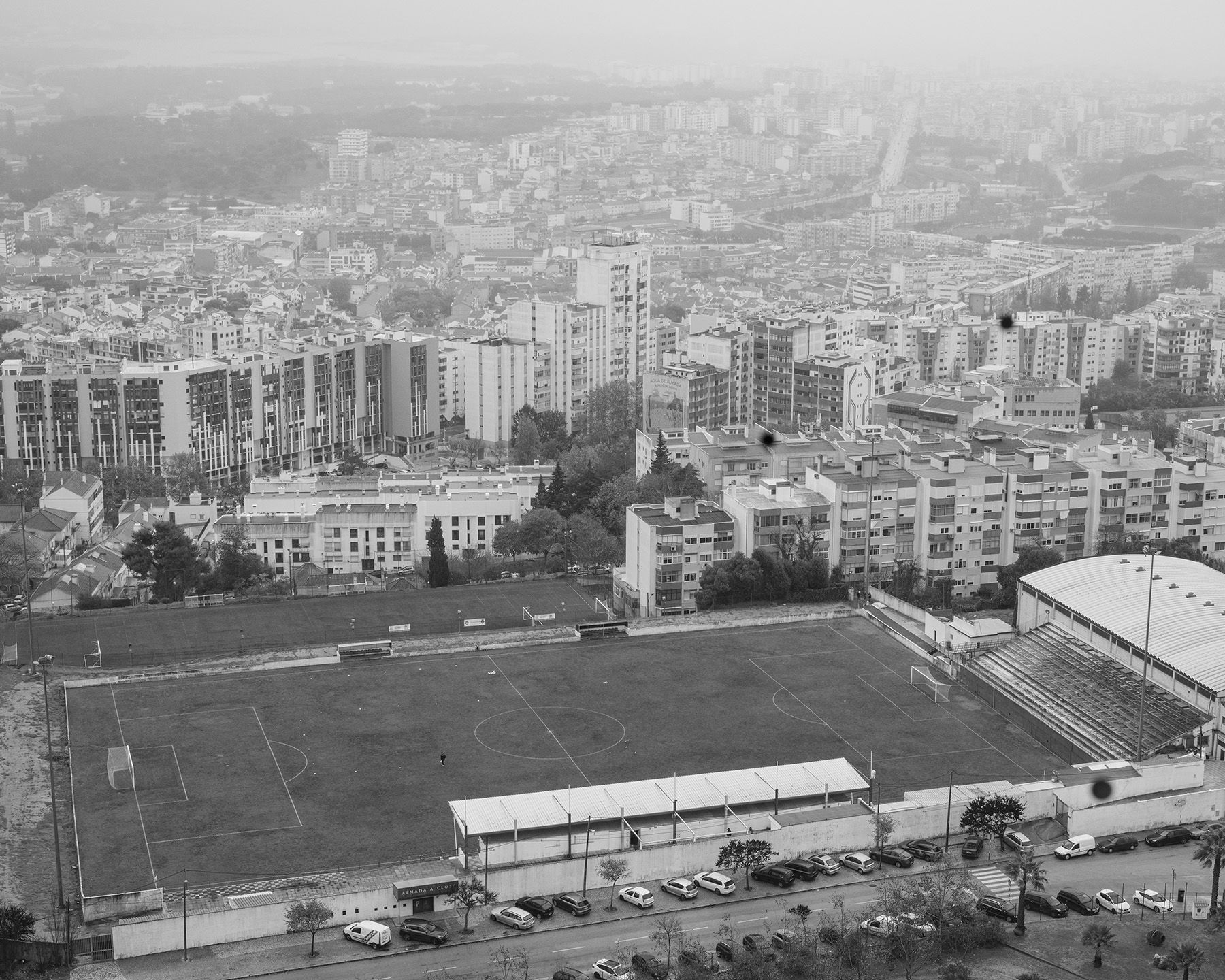
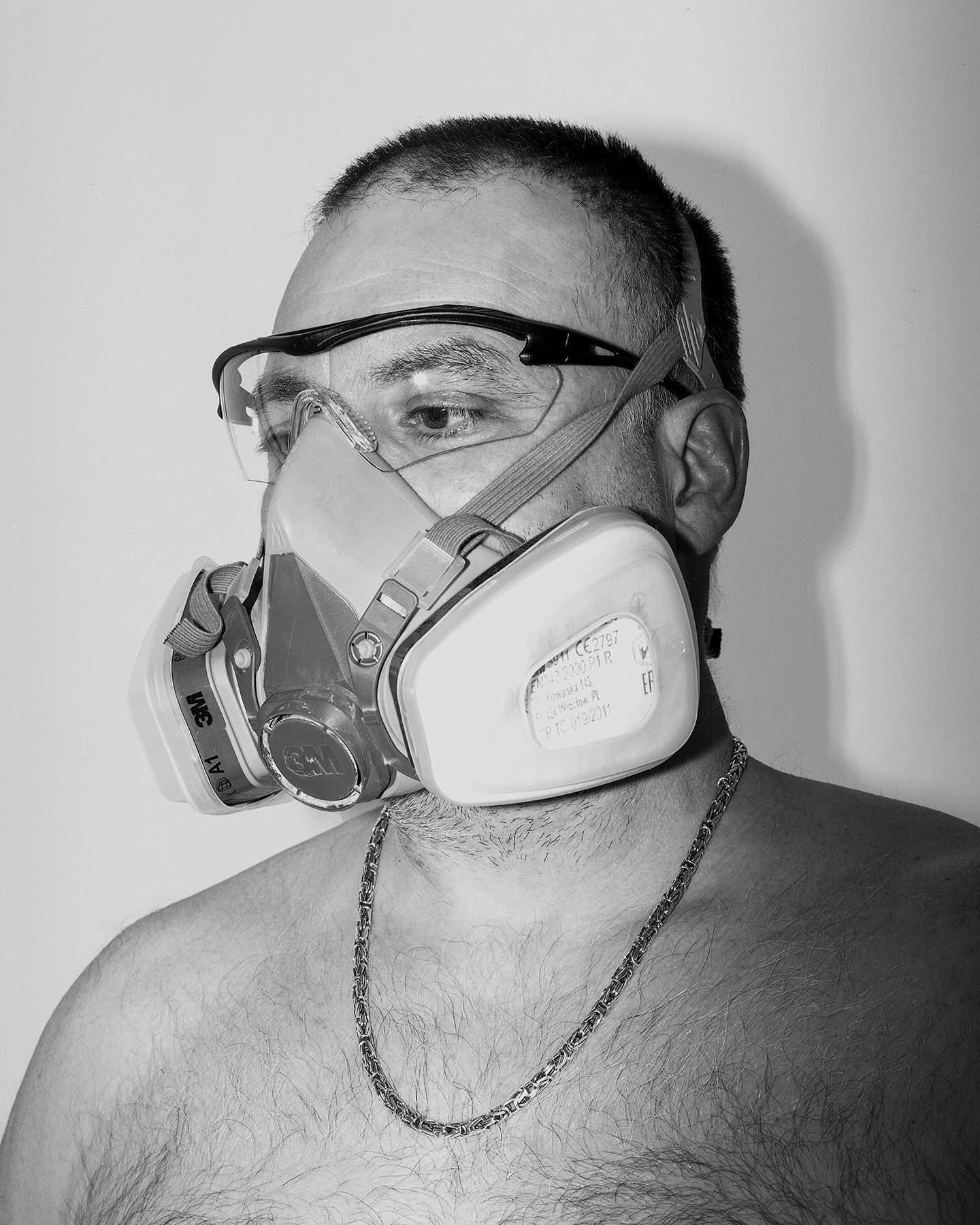
The black and white photographs look as if they have been faded by time. However, this feeling is only illusory in the fresh images, but it is what makes them almost viscerally contemporary—because we are also a part of it. Urban life sneaked under our skin, crawled into our innermost thoughts and transformed what we believed to be a stable system of value. Domonkos examines the social significance of modern urbanization and deals with the ethological aspects of metropolitan living spaces. The harsh social and political influence of globalization, the dependence on the capitalist order and the unsustainable rate of development are all included in the compositions of the monochrome photos.

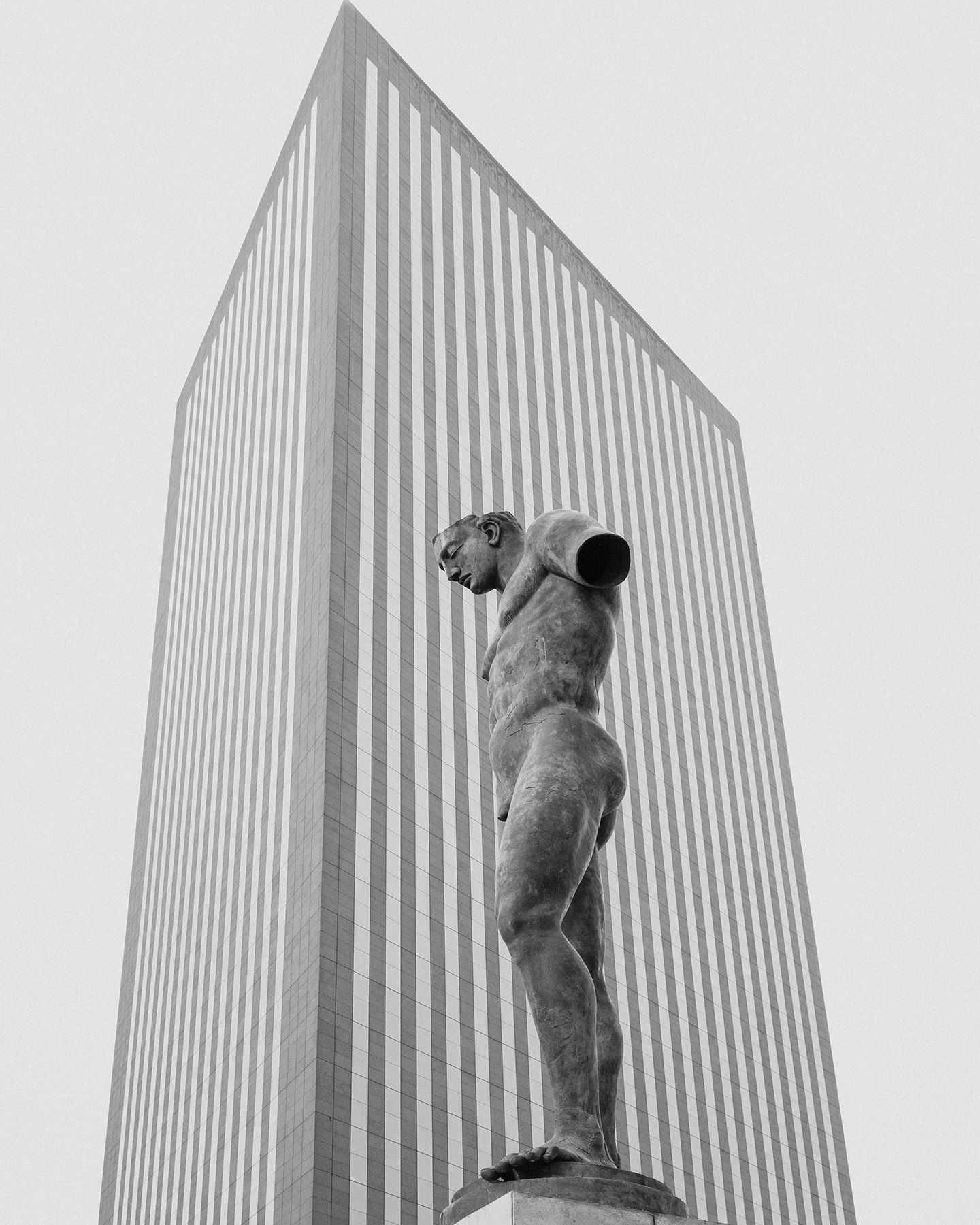
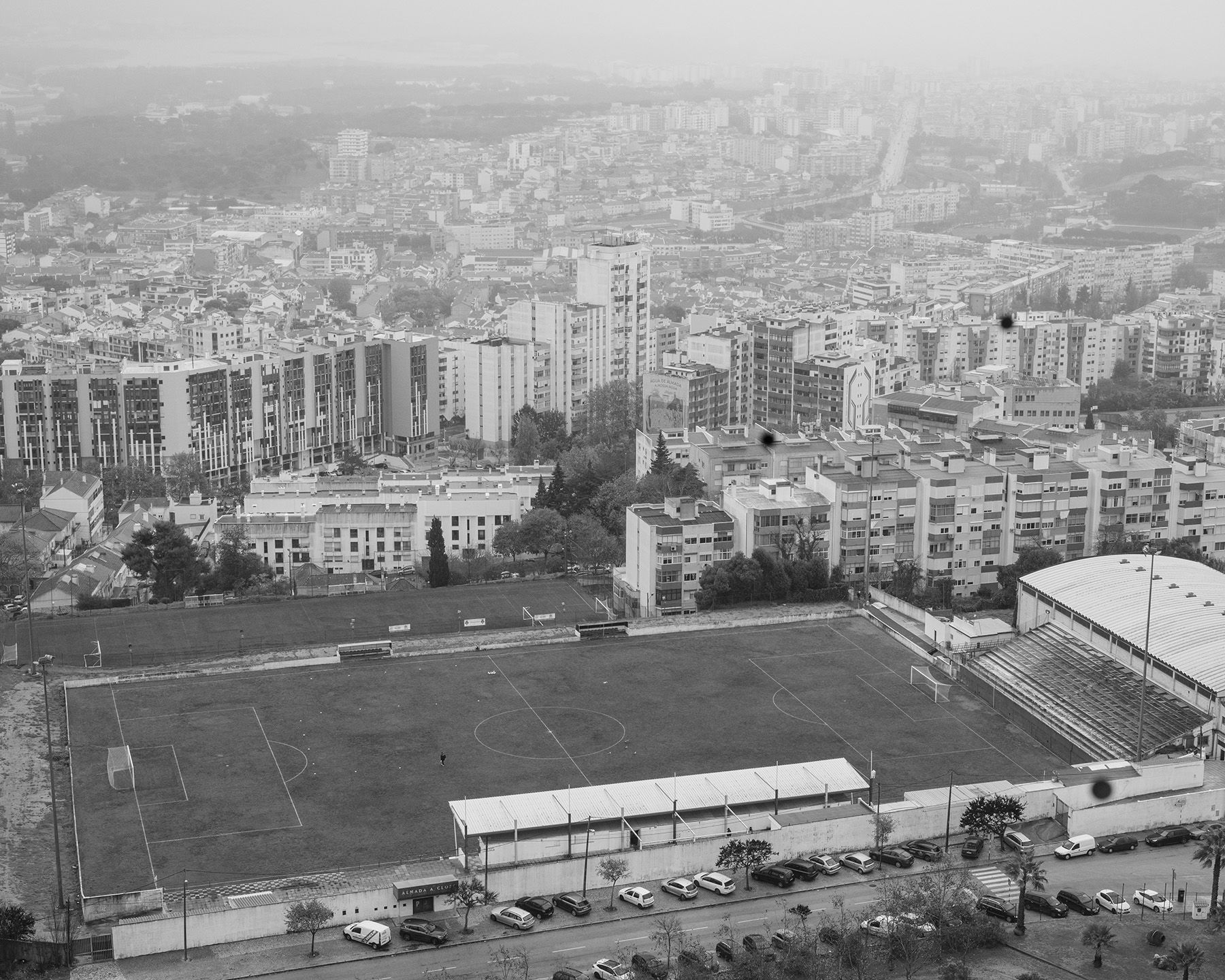
In one of her earlier works, Anna Bányász, a photography graduate student, drew on her own experiences to explore the duality of her rural and urban home. Her images, beyond their visuality, leave the most impact on us through the atmosphere they create. Metaphorically, with the tool of nostalgia, they show the duality of being at home in two places at once. The countryside plays an essential role in her work: in her diploma project, she presents a self-sustaining family farm through fragments of memories. But these memories are completely transformed by nostalgia and become real ones. Finding her own visual language, Anna’s goal is to unveil as many hidden details of rural farm life as possible for the outside world.

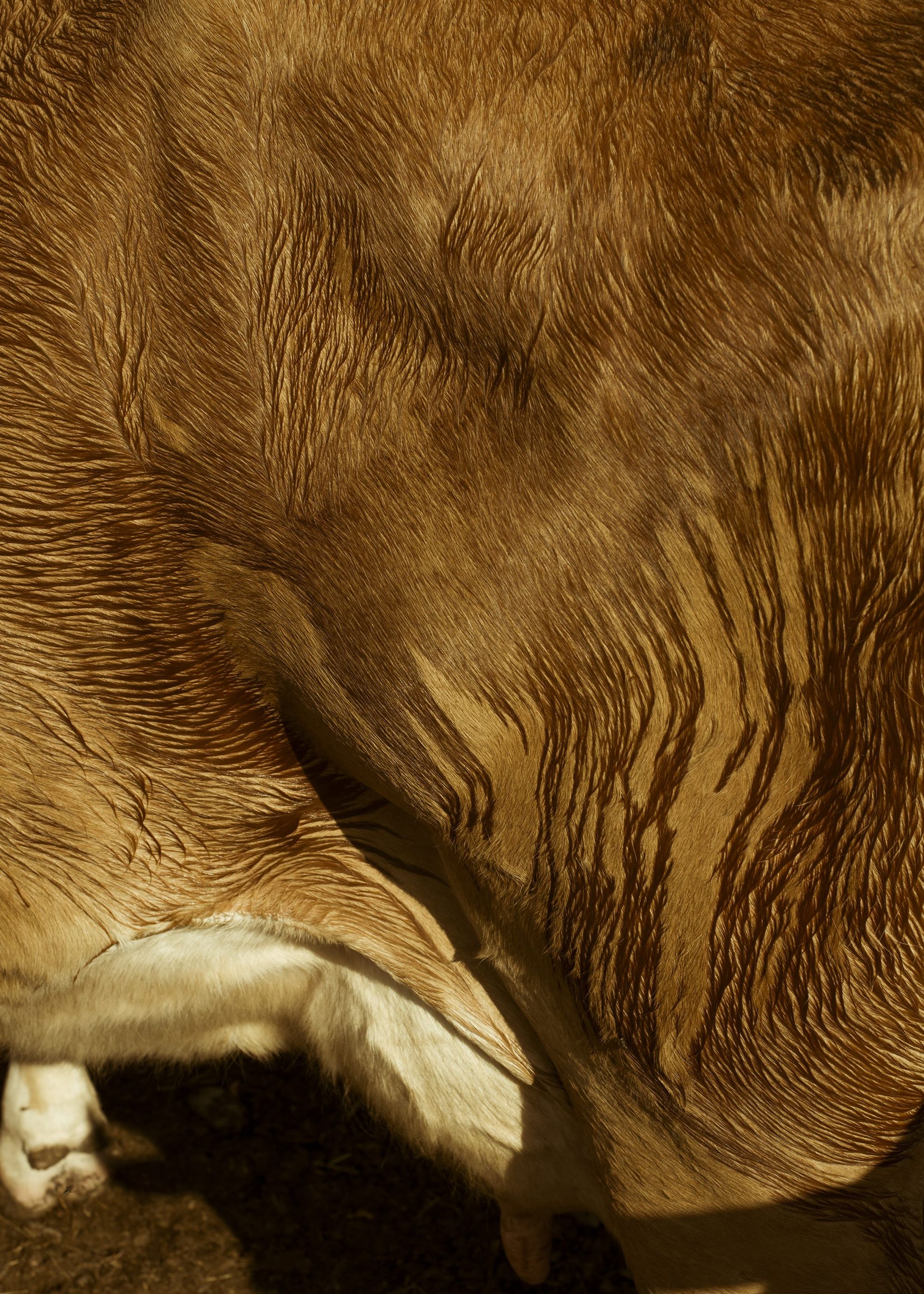
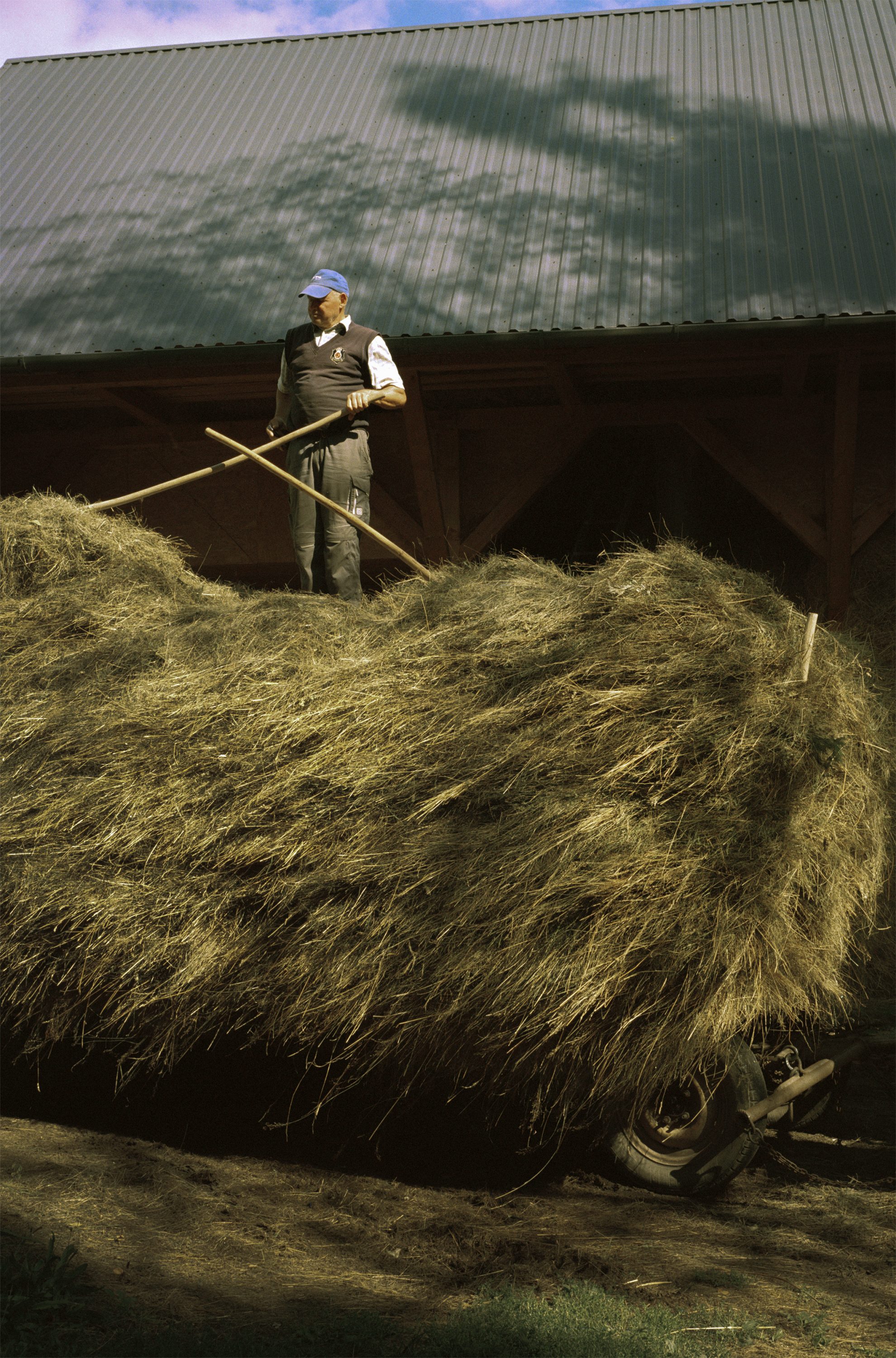
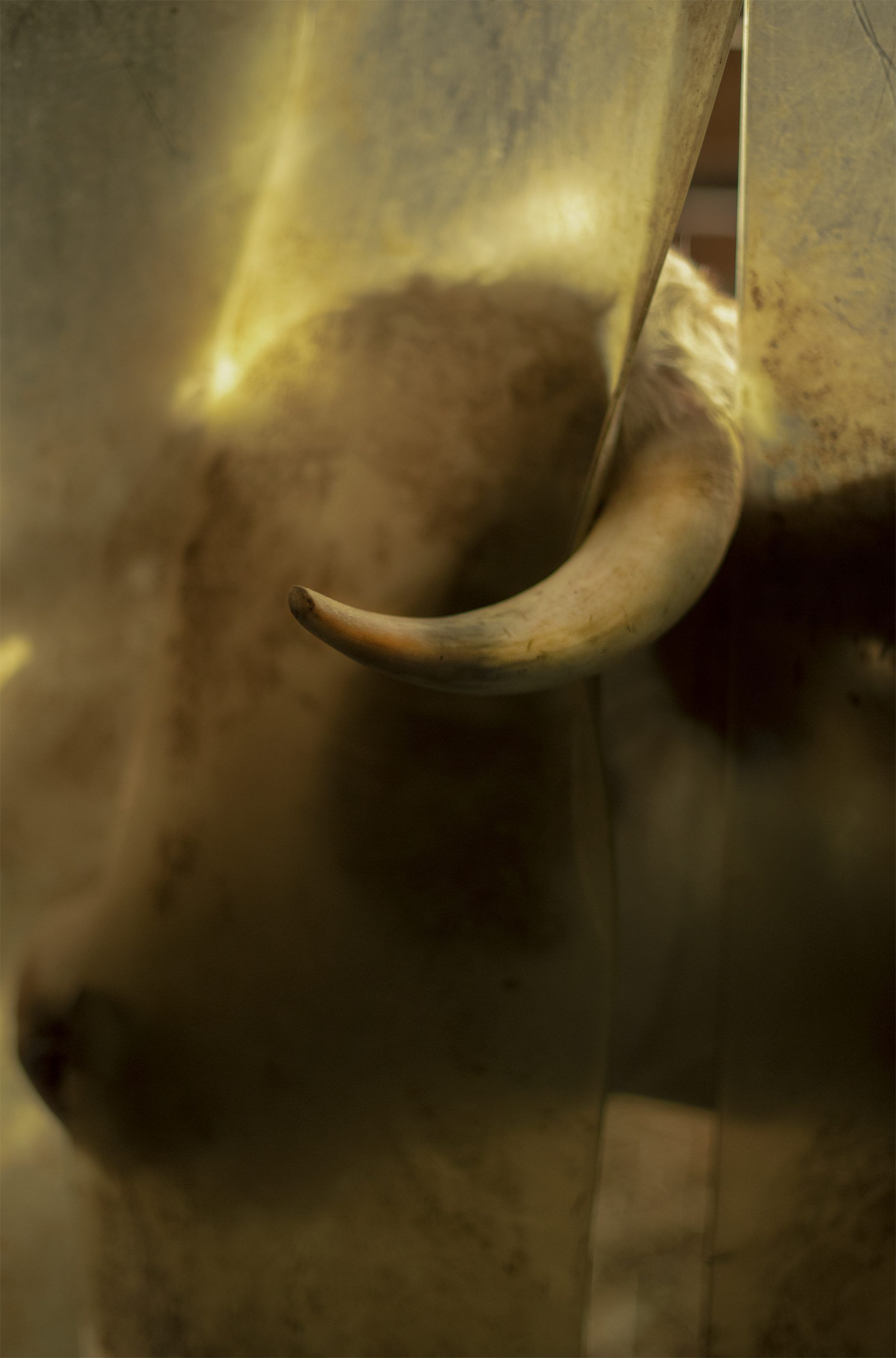
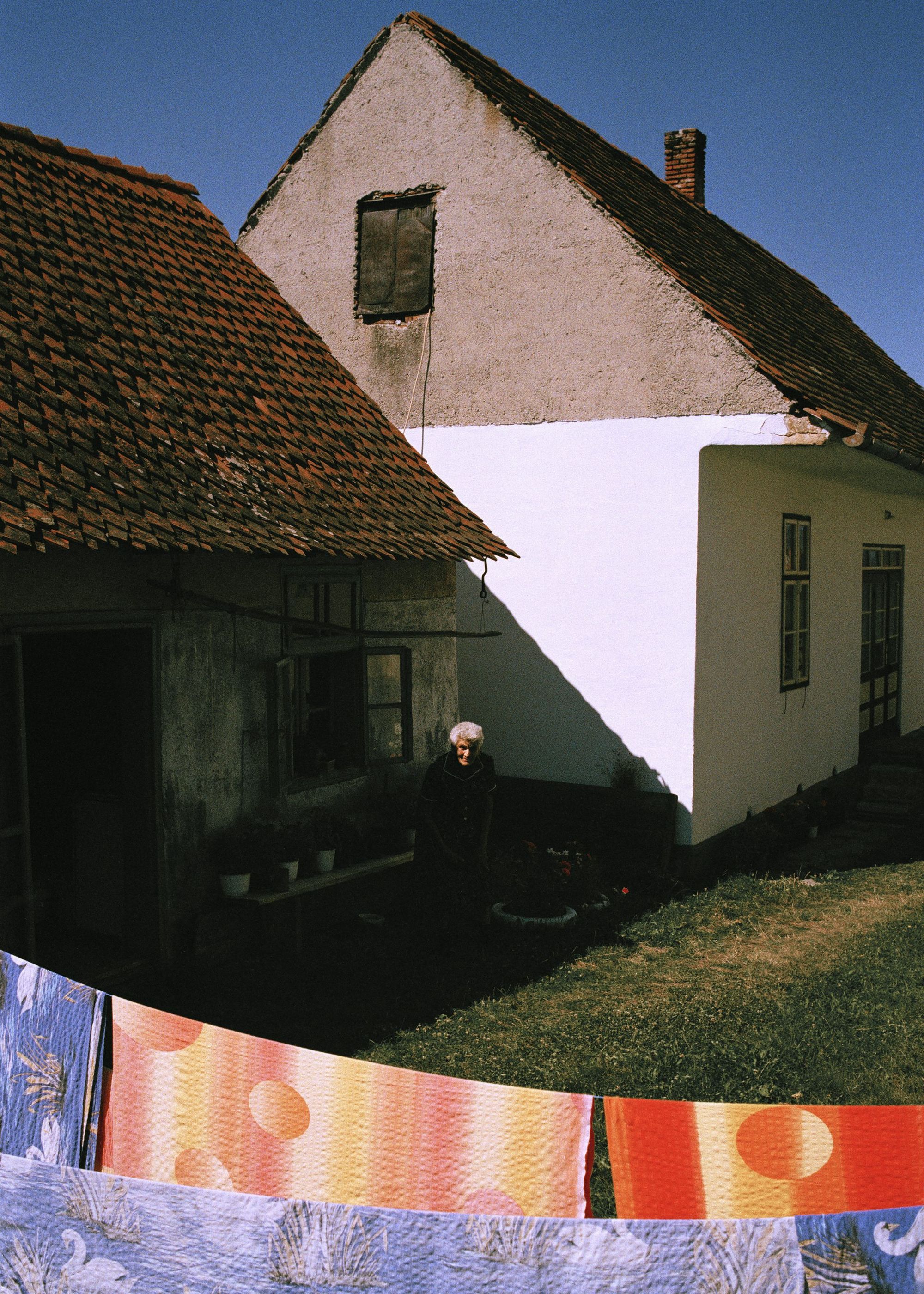
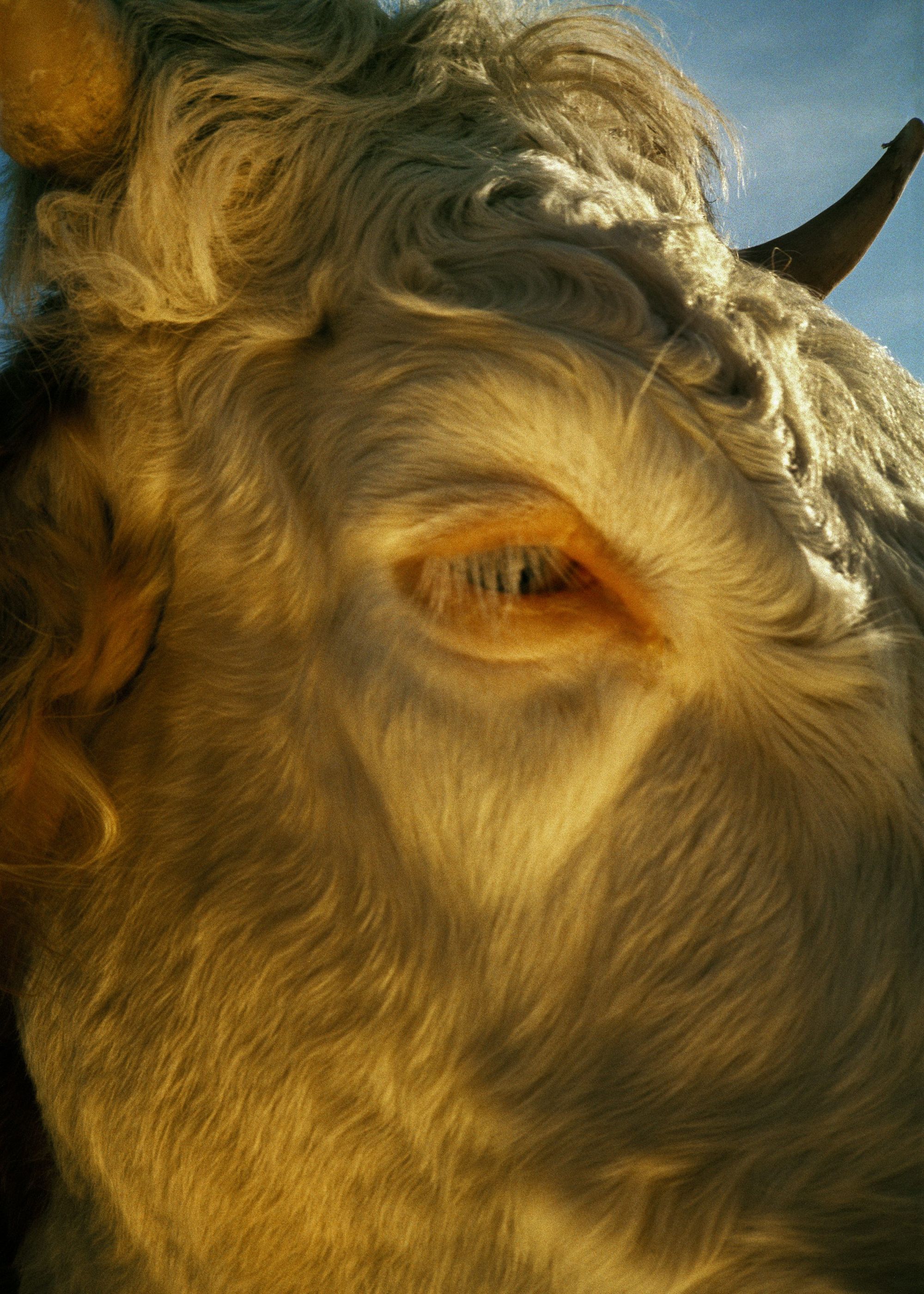
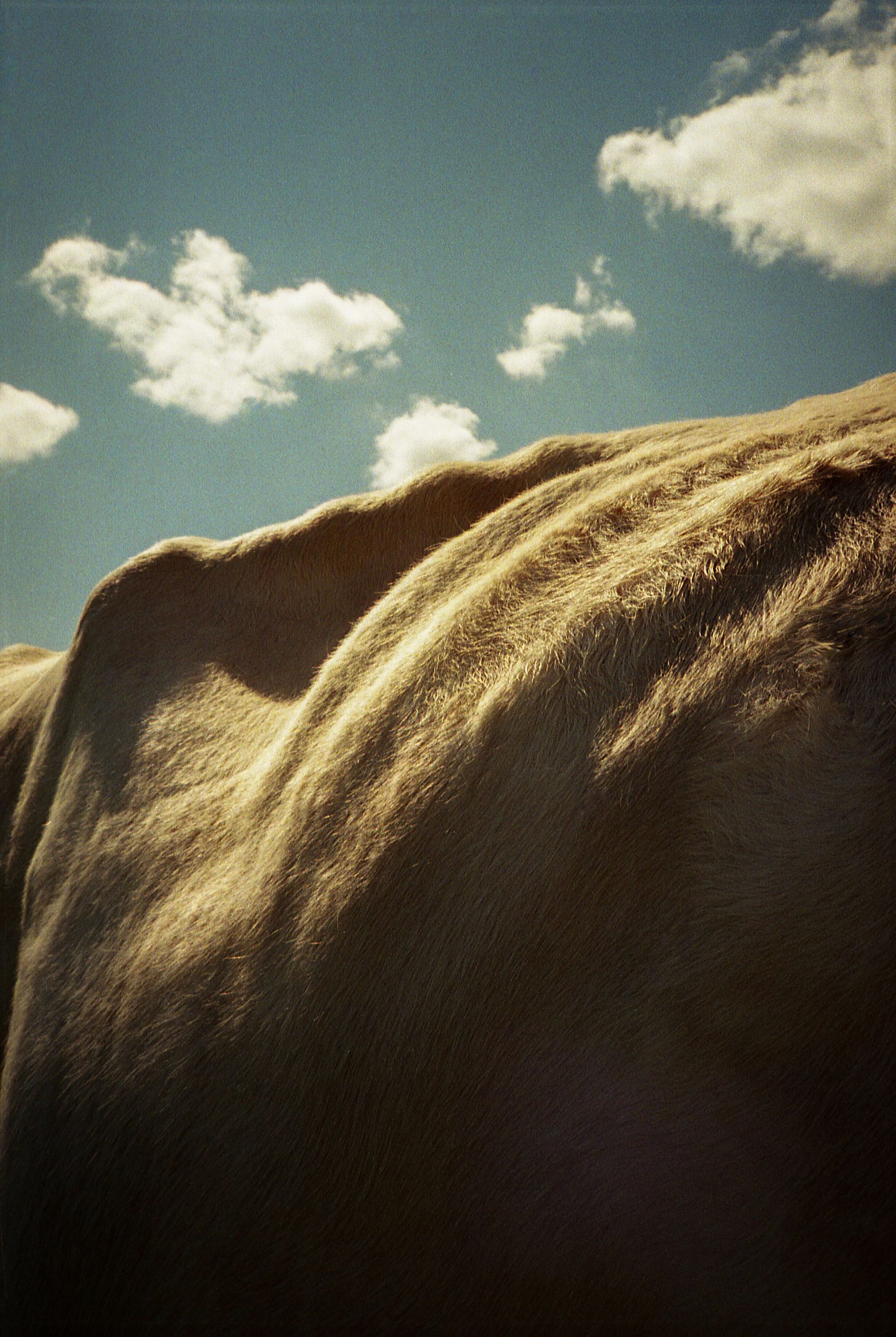
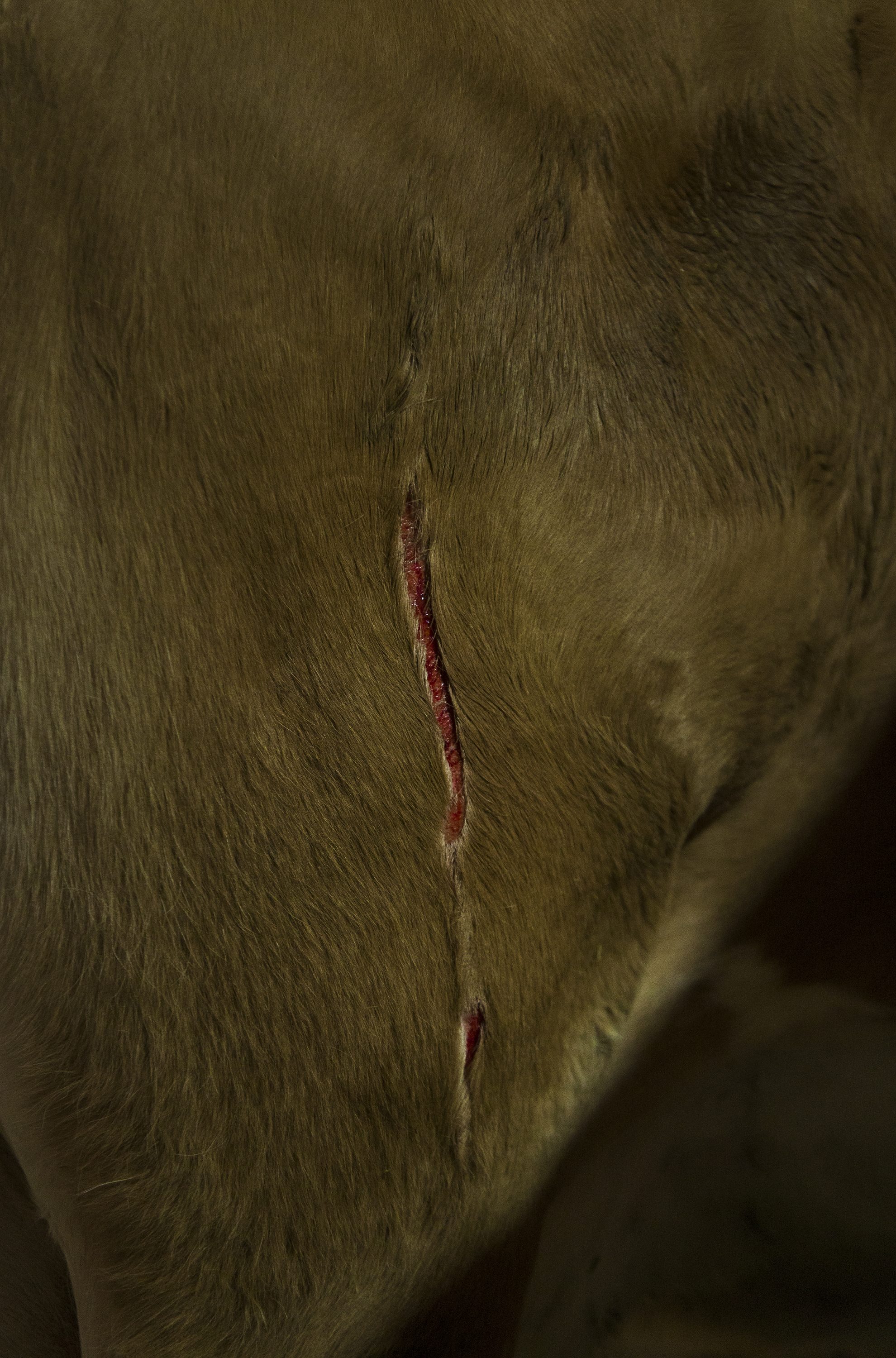
“In nostalgic memory, things do not appear as they once were, but as they were never experienced: in their essential form. In my photo series, one of the goals is to capture this essence and to raise awareness of it in the present. However, this can only be a subjective truth.”
True Colors of Old People. The society in which we ourselves live is most often associated with bleak, gloomy shades of the elderly. Virág Tajti experienced the true face of old age and its wider social dimension in her immediate environment, through her own family. Being old is like sitting on an emotional roller coaster: loneliness, loss, and sometimes the constant alternation of nostalgic experiences. However, not only does society assign dark colors to them, they themselves most often choose neutral, dark colors in their clothing. In her project, Virág wanted to show what their true colors were. Interviews with elderly people from rural areas and Budapest, and the discrepancy resulting from them, as well as the literal diversity of colors, patterns and structures, were visualized with the help of a clothing installation. One of the aims of the project is to draw the attention of young people to the elderly and thus motivate them to develop a personal relationship with this age group.
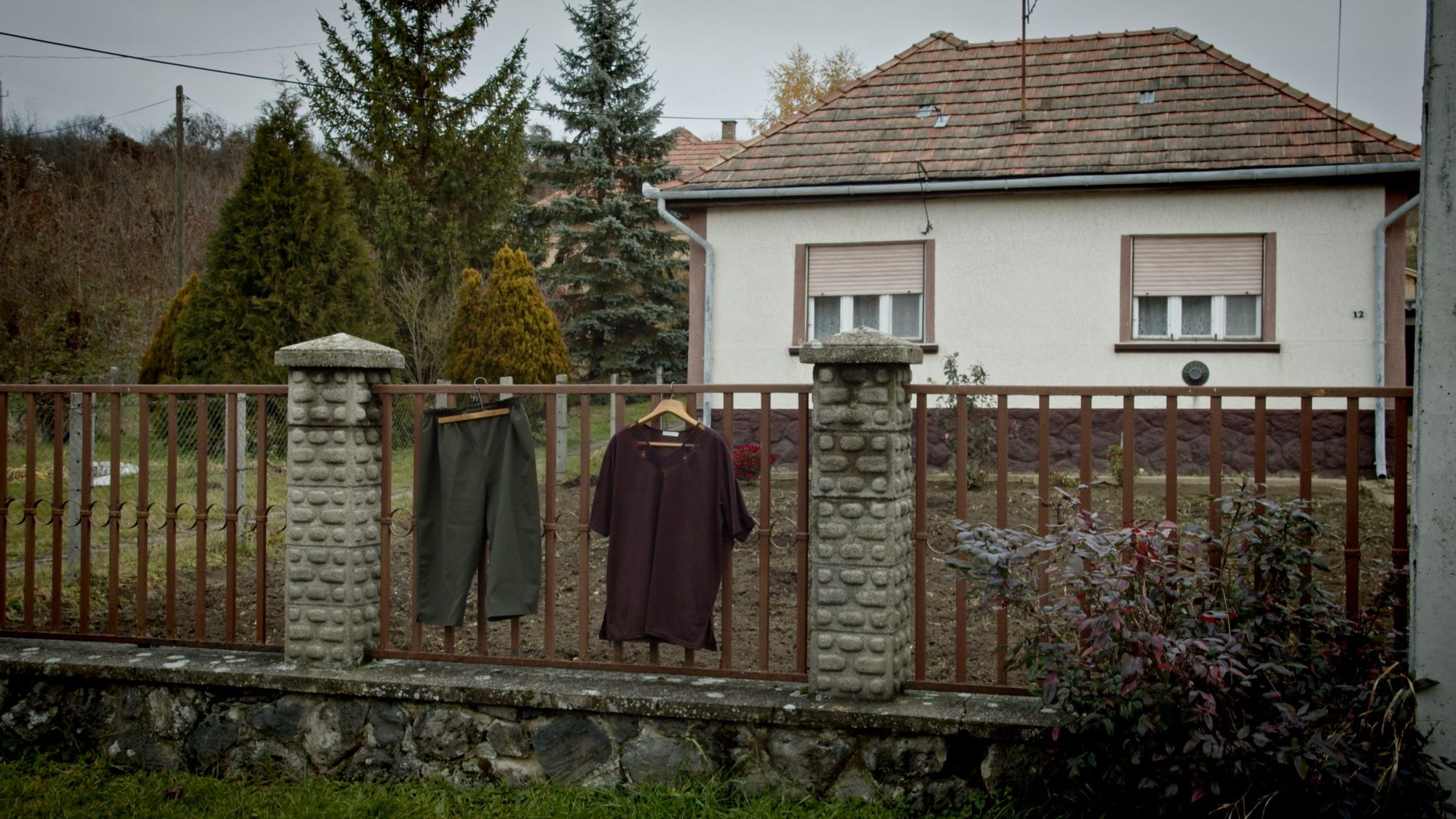
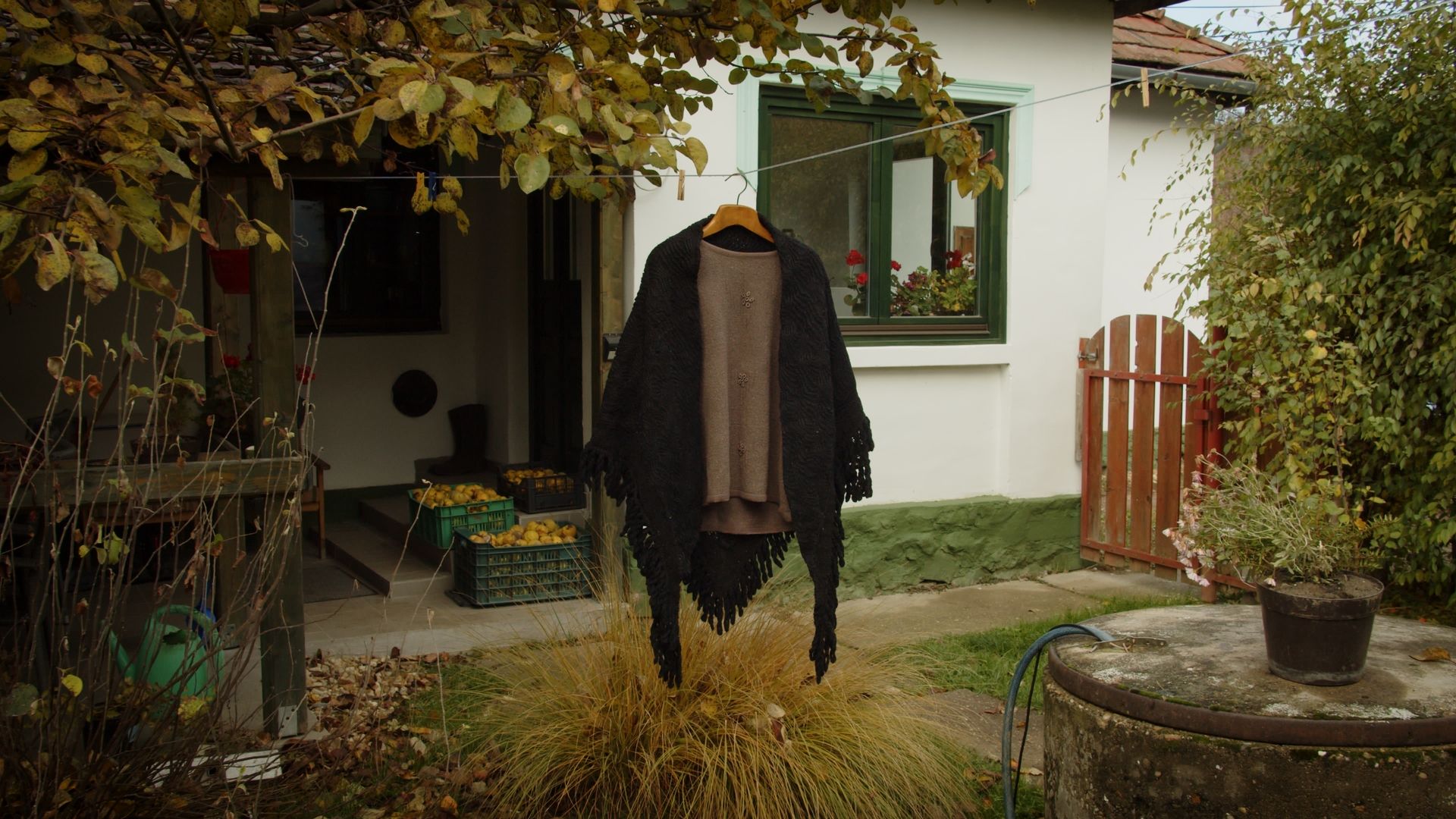
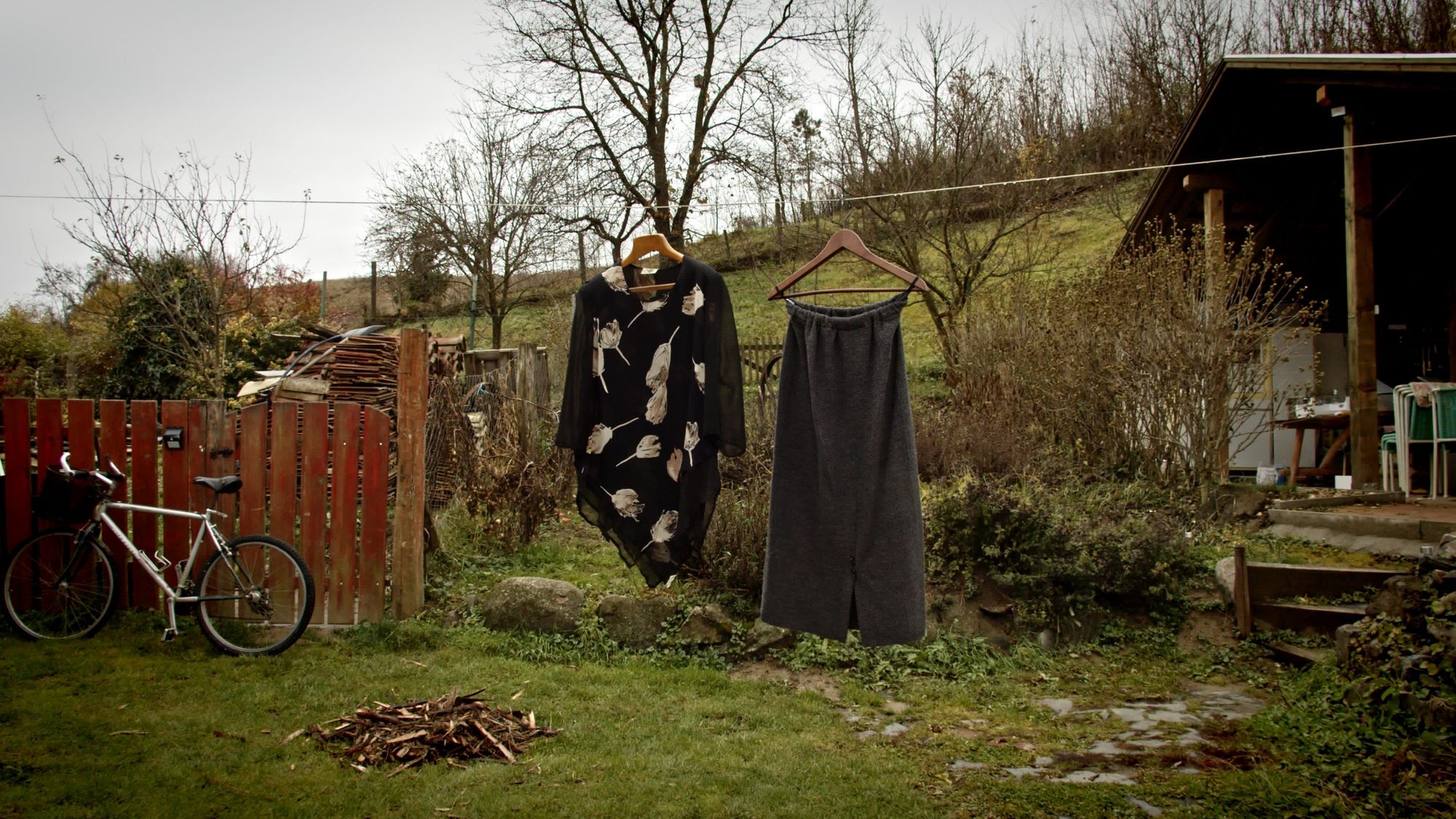
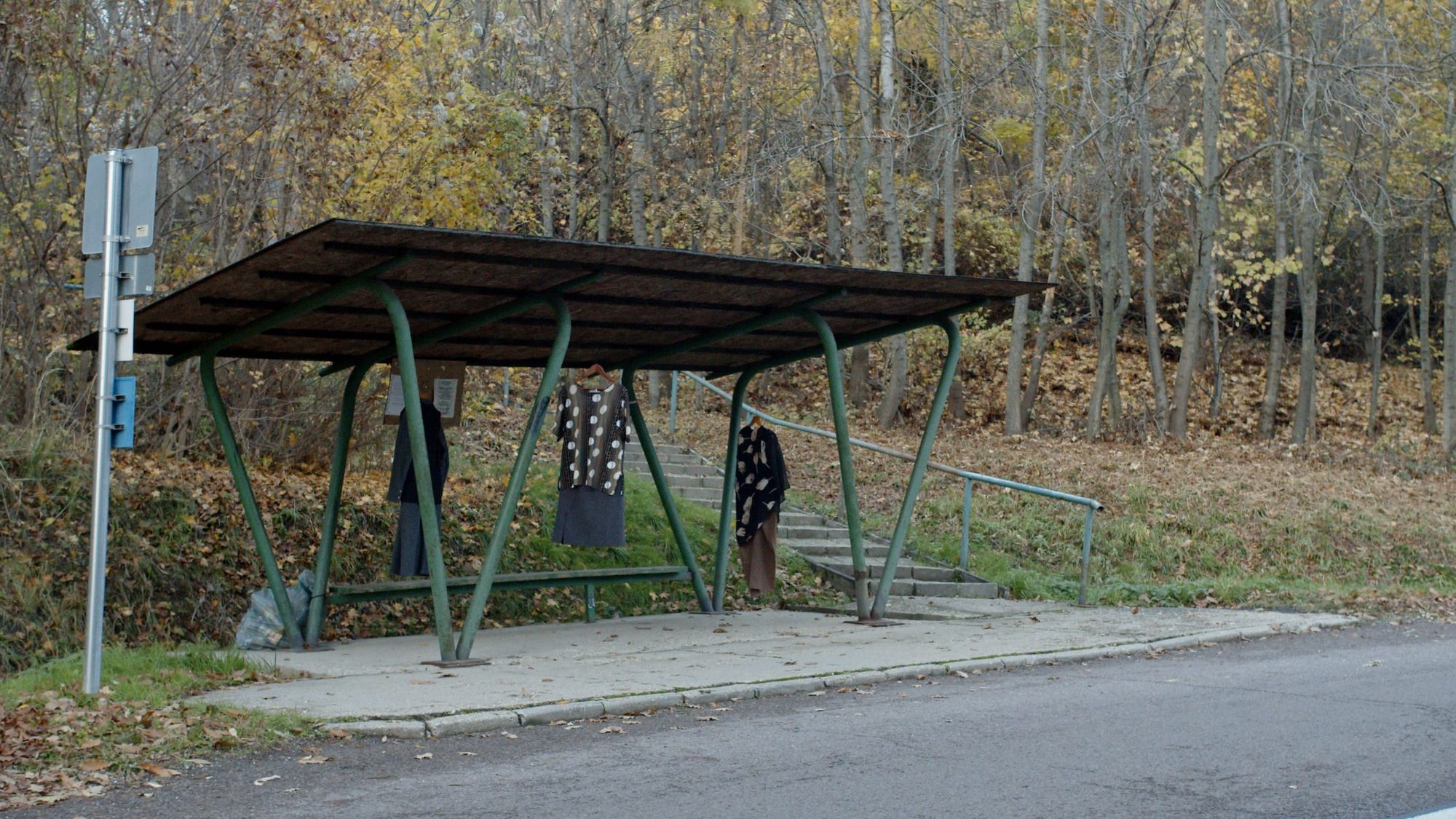
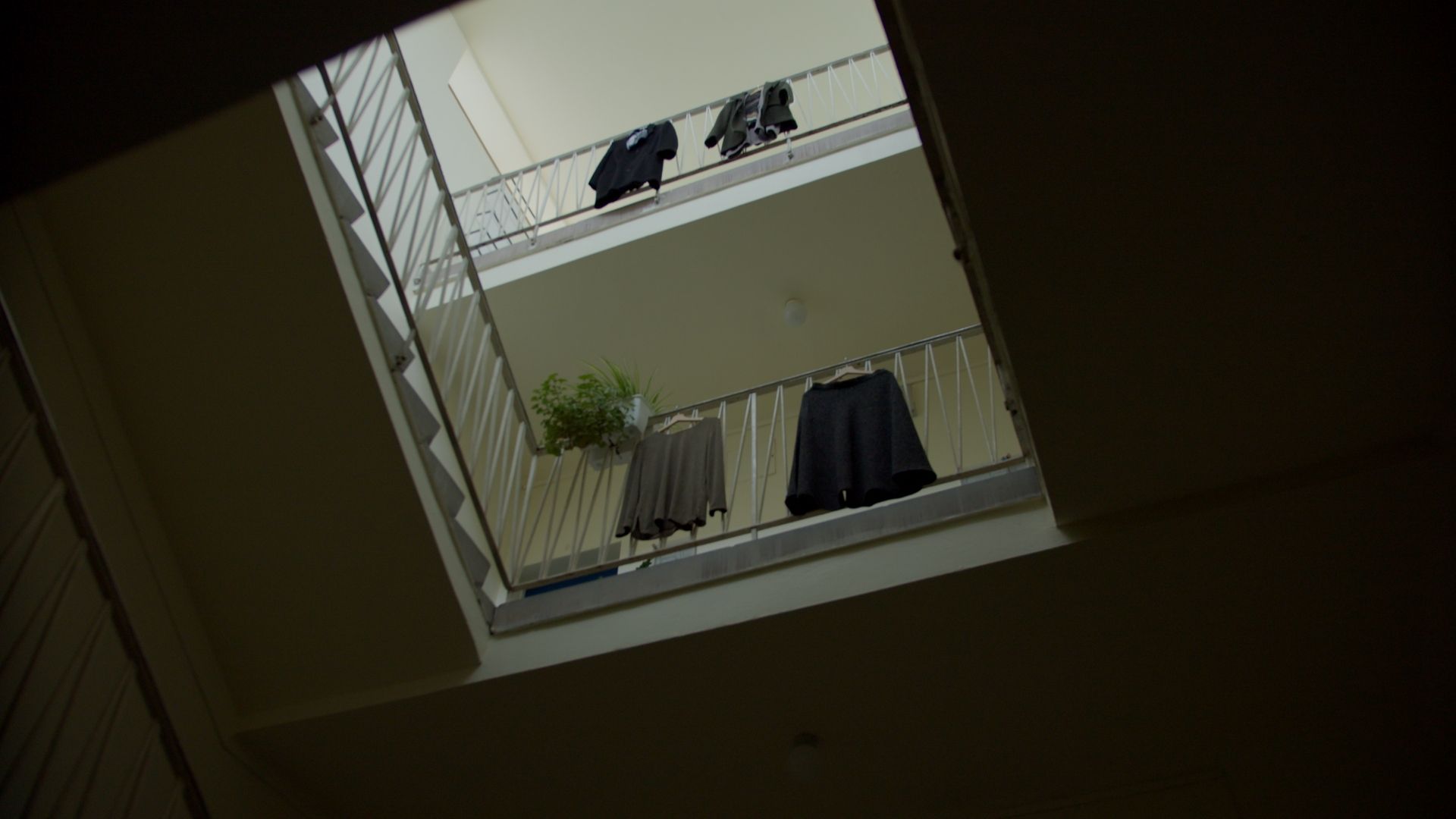
In her project, Zsuzsanna De Jong created the creative strategy of Buy Nothing Day, which is in November every year. In her design work, she searched for a visual language, a visual world, and a graphic solution that reflects the main message of the campaign and strengthens it: Do not shop! Zsuzsanna took this further and extended it by making people stop in the everyday rush. By displaying the buzzword MOST (now), or rather hiding it, the word allows the light to pass through in a transparent way and opens a window to the world around us, whether it is a peaceful glade in the forest or a bustling metropolitan environment.

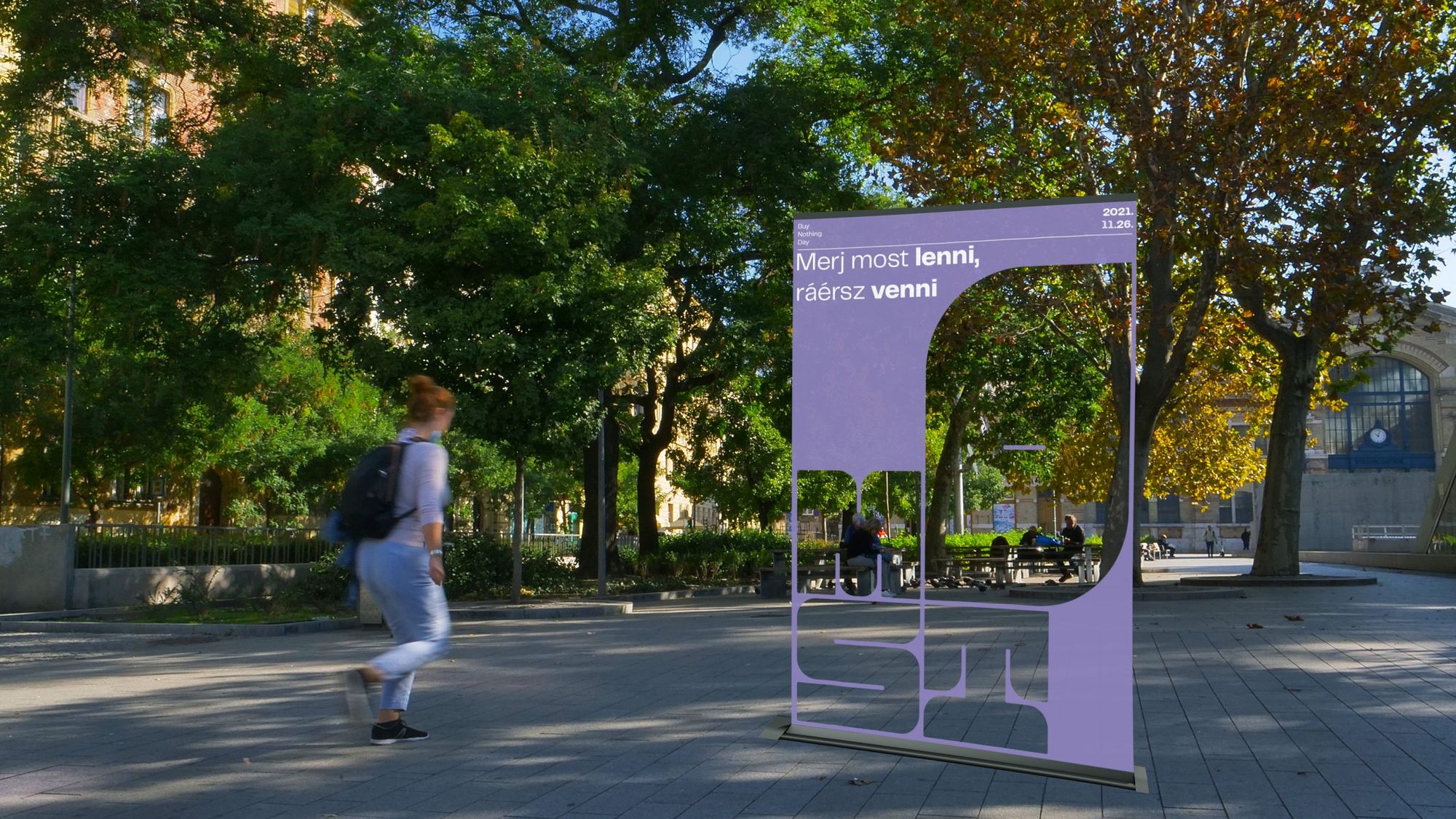
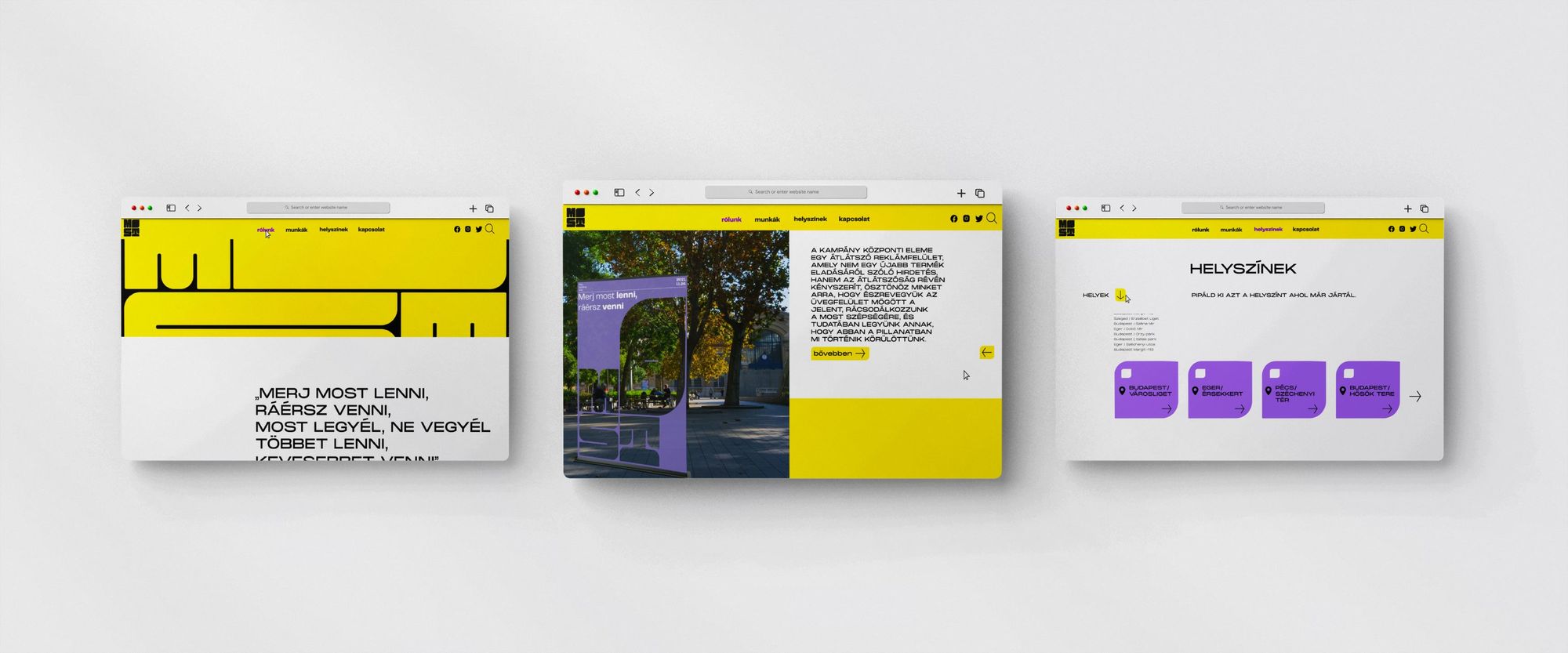
In her project titled Világteremtő vakság (world-creating blindness), Nikolett Németh, a master product designer student, wants to offer people with limited vision a functional alternative that allows them to develop their own artistic aspirations and share them with their peers. From the principles of phenomenology based on subjective experiences, she approached the sensory experiences of the blind and the visually impaired. Nikolett was also guided by a physical experiment in her design: she observed the subjective (space) perception of her visually impaired partner, and the experienced feelings (shapes, objects) were mapped together in the form of embroidery, which proved to be an equally traceable medium for both of them. However, embroidery also has its own technical limitations, although it can be used to create a tactically sensible surface, its production is extremely time-consuming. Therefore, the development of the technological background of the concept could also be emphasized in the future. The works, reproduced by risograph printing technique and then sprinkled with thermograph powder, result in tangible layers. By continuing and developing the project, it would be possible to reduce the distance between the sighted and the visually impaired, blind people in everyday life.
Based on the possibilities of speculative design, graphic designer Soma Gonda sought to overcome the widening and seemingly unbridgeable gap between man and nature, more precisely between man and the world of plants. Our humanity serves as an explanation for the absence of the cognitive process, whereby we look at everything from our own perspective and shape it in our own image, whether it is a living or inanimate phenomenon. In his experimental design, Soma makes this process upside down. Reversing the anthropomorphic point of view, he plays with the idea of translating human entities into images of plants. From the answers to a predefined set of questions, it emerged that, taking into account the biological characteristics and psychological aspects of plant forms, who would be what kind of existing or fictitious plant. These imaginary natural phenomena were then visualized by the young designer. Thus, the illustrations born in this way colored the research with a new layer and gained function as an idea bank. This has also become the main result of experimental research, which, as a collection accessible to everyone, can be the ever-expanding cultural imprint of our society.
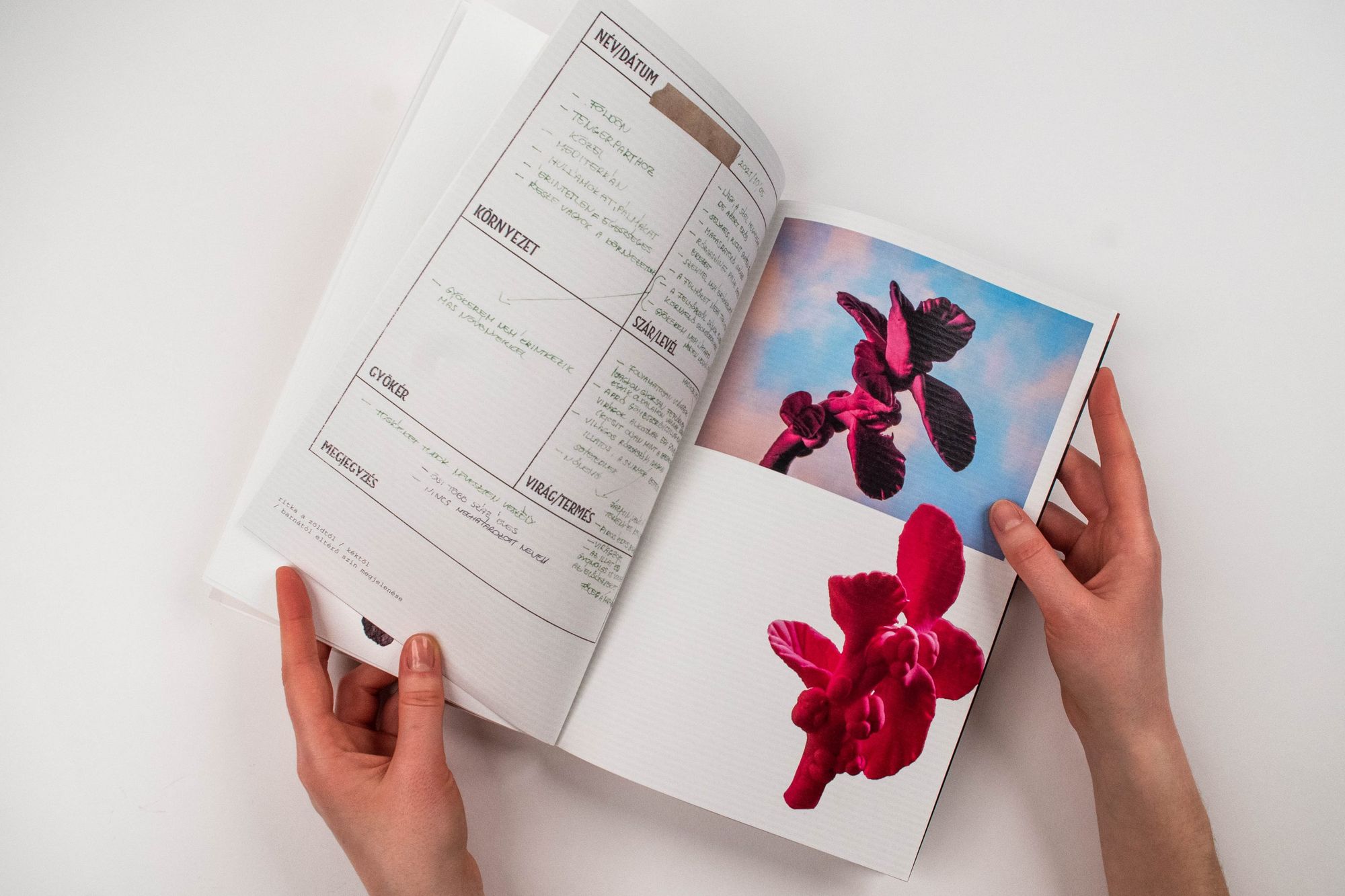
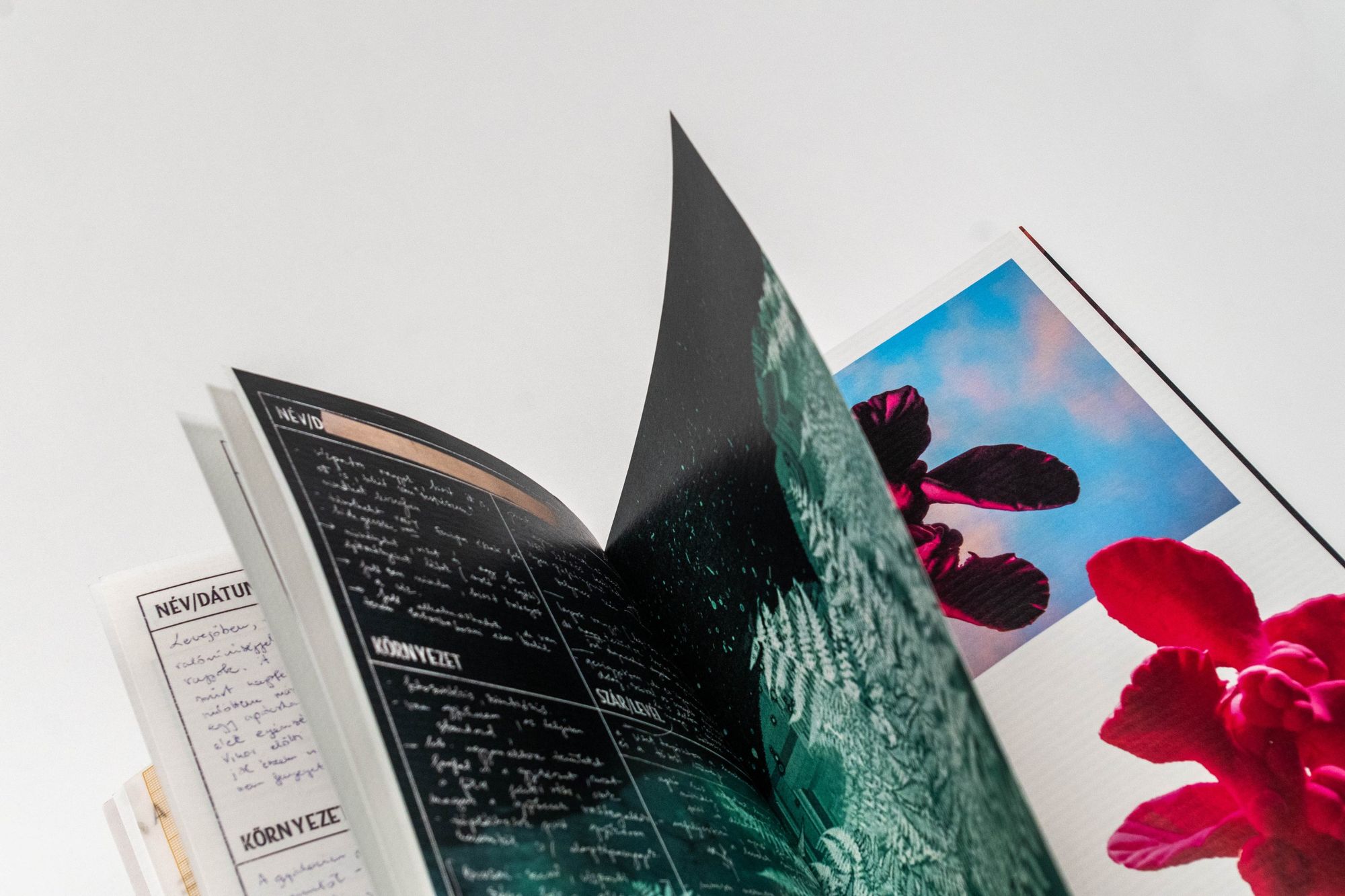

Winning projects of the students of the Media Institute:
Domonkos Varga I Photography MA1
Anna Bányász I Photography MA2
Virág Tajti I Media Design MA1
Zsuzsanna De Jong I Graphic Design BA2
Nikolett Németh I Graphic Design MA1
Soma Gonda I Graphic Design MA1
Photos: Domonkos Varga, Anna Bányász, Virág Tajti, Zsuzsanna De Jong, Nikolett Németh, Soma Gonda
MOME—Moholy-Nagy University of Art and Design | Web | Facebook | Instagram

Perfect minimum—Behind the scenes: pastry chef Attila Menyhárt

A Hungarian brand has entered the world of skincare and became a favorite among young people
